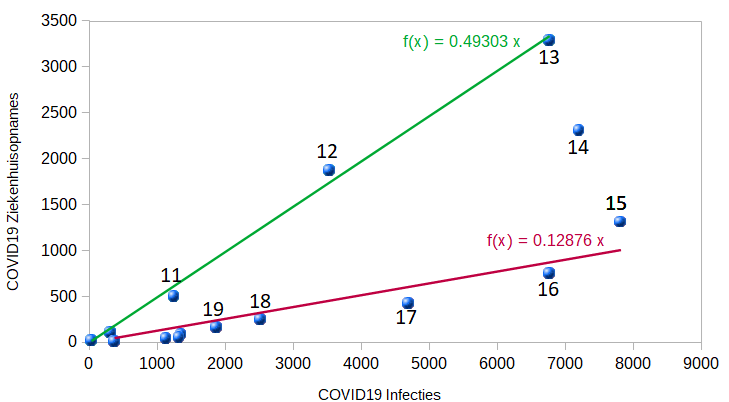The Dutch decision to partially re-open primary schools as of 11 may 2020, and to fully re-open them as of June 10, was partly motivated by studies performed >>
1.
2.
3.
4.
ntvg.nl/artikelen/de-r…
The aim of this study was to provide a view of how the SARS-CoV-2 virus spread in the Icelandic population (366,130), while early and aggressive track-trace-isolate measures were implemented.
5.
nejm.org/doi/full/10.10…
6.
7.
8.
The 1st case, a male returning on February 22 from Northern Italy, was diagnosed after developing symptoms at February 28. Austria, Italy and Switzerland were declared a high risk area on February 29.
9.
10.
11.
12.
13.
14.
15.
16.
Targeted PCR testing started as of January 31 and was performed on residents who: (1) were symptomatic (cough, fever, body aches, and shortness of breath); (2) had travelled to high-risk countries; or (3) had contact with infected persons.
18.
19.
Individuals with a positive PCR test were required to self-isolate for at least 14 days, until 7-10 days after fever had subsided or until they had a negative PCR test.
21.
22.
24.
26.
28.
29.
31.
While the percentage of infected participants remained fairly constant, the age distribution of infected participants changed considerably.
32.
34.
36.
37.
38.
39.
41.
42.
onlinelibrary.wiley.com/doi/full/10.10…
44.
46.
47.
48.
49.
This study does not provide enough data to assess the transmissibility of the virus among primary school children.
The pandemic in Iceland may have been contained too quickly, before any transmission among primary school children was visible.
50.
















